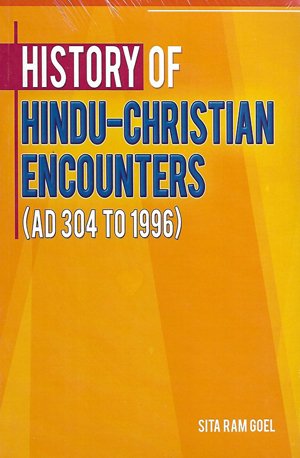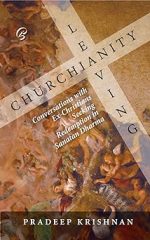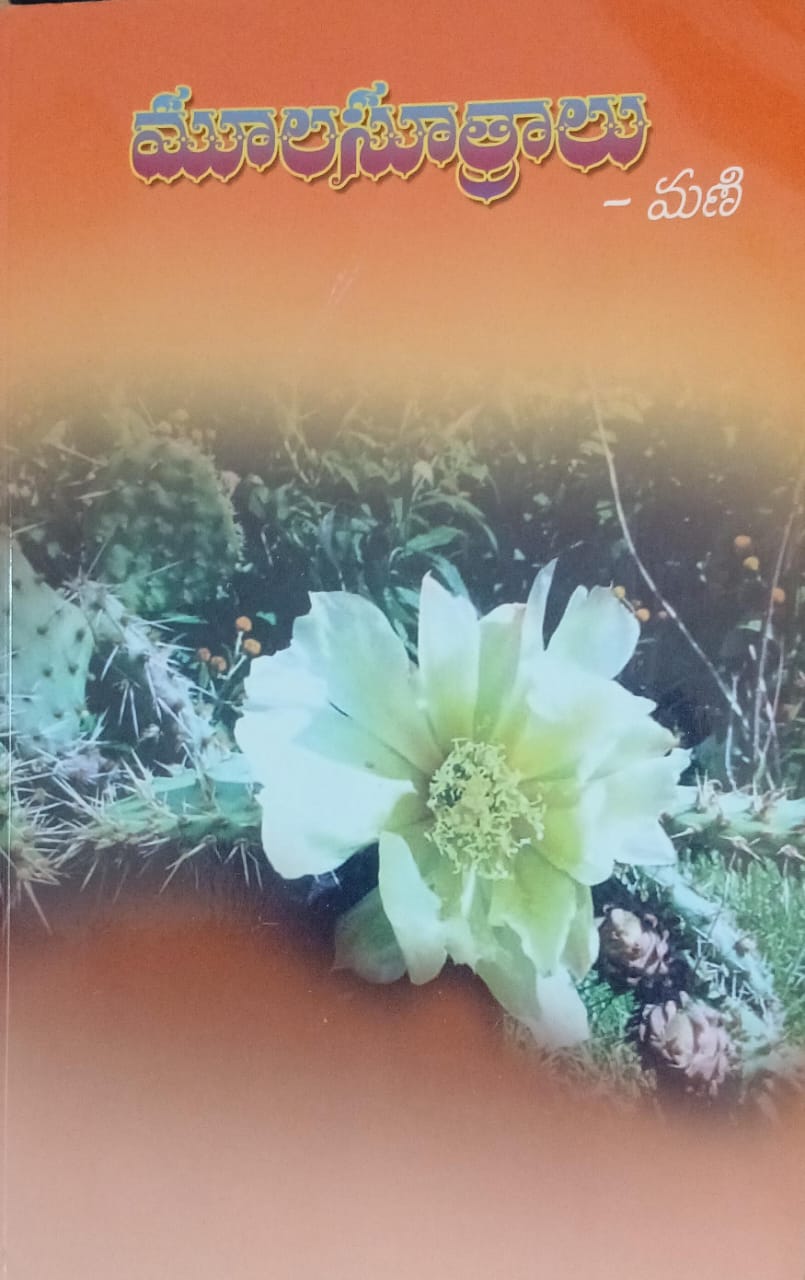Description
History of Hindu-Christian encounters, as surveyed in this book, falls into five distinct phases. In all of them Christian missionaries stick to their basic dogma of One True God and the Only Saviour. But they keep on changing their methods and verbiage. To start with, spokesmen for Hinduism offer a stiff resistance to the Christian message as well as missionary methods. But due to a number of factors, Hindu resistance weakens in later stages and then disappears altogether so that Christianity forges ahead with a sense of triumph.
In the first-phase, which opens with the coming of the Portuguese pirates, Christianity presents itself in its true colours. Its language is as crude as in its homeland in Europe, and its methods as cruel. Hindus are helpless and suffer any number of atrocities. Fortunately for them, this phase does not last for long. The Portuguese lose power except in Goa and some other small territories. The other European powers that take over have no time to spare for Christianity except the French for a brief period in Pondicherry.
The second phase opens with the consolidation of the British conquest. The British do not allow Christian missions to use physical methods. But missionary language continues to be as crude as ever. Christianity enjoys a brief period of self-confidence. The phase ends with the rise of Hindu reform movements, particularly the Arya Samaj. Christianity suffers a serious set-back.
The third phase starts with the advent of Mahatma Gandhi and his slogan of sarva-dharma-samabhAva. Christianity is thrown on the defensive and forced to change its language. The foul-mouthed miscreants become sweet-tongued vipers. Now they are out to share their spiritual riches with Hindus, reminding us of the naked beggar promising to donate his wardrobe to wealthy persons. The phase ended with the Tambram Conference of the International Missionary Council in 1938 which decided to reformulate Christian theology in the Indian context.
The fourth phase which commenced with the coming of independence proved a boon for Christianity. The Christian right to convert Hindus was incorporated in the Constitution. Prime Minister Jawaharlal Nehru who dominated the scene for 17 long years promoted every anti-Hindu ideology and movement. The regimes that followed till the rise of P.V. Narasimha Rao raised the spectre of Hindu communalism as the most frightening phenomenon. Christian missionaries could now denounce as a Hindu communalist and fascist, even as a Hindu Nazi, any one who raised the slightest objection to their methods. All sorts of secularists came forward to join the chorus. New theologies of Fulfilment, Indigenisation, Liberation, and Dialogue were evolved and put into action. The missionary apparatus multiplied fast and manifold. Christianity had never had it so good in the whole of its history in India. It now stood recognized as an ancient Indian religion with every right to extend its fold. The only rift in the lute was K. M. Panikkar’s book, the Niyogi Committee Report, and Om Prakash Tyagi’s Bill on Freedom of Religion.
The fifth phase which is continuing now started with Hindu awakening brought about by conversion of some Harijans to Islam at Meenakshipuram, renewed Muslim aggression in many ways, and Pakistan-backed terrorism in Punjab and Kashmir. The Sangh Parivar which had turned cold towards Hindu causes over the years was startled by the rout of the Bharatiya Janata Party in the 1984 elections, and decided to renew its Hindu character. The Ramajanmabhumi Movement was the result. The Movement was aimed at arresting Islamic aggression. Christianity or its missions were hardly mentioned. Nevertheless, it was Christianity which showed the greatest concern at this new Hindu stir, and started crying wolf. Its media power in the West raised a storm saying that Hindus were out to destroy the minorities in India and impose a Nazi regime. The storm is still raging and no one knows when it will subside, if at all.
It is high time for Hindus to dismiss the dogma of Christianity with the contempt it deserves, and pay attention to the Christian missionary apparatus planted in their midst. The sole aim of this apparatus is to ruin Hindus society and culture, and take over the Hindus homeland. It goes on devising strategies for every situation, favourable and unfavourable. It trains and employs a large number of intellectual criminals ready to prostitute their talents in the service of their paymasters and adept at dressing up dark designs in high-sounding language. The fact that every design is advertised as a theology in the Indian context and every criminal euphemized as an Indian theologian should not hoodwink Hindus about the real intentions. Hindus are committing a great mistake in regarding the encounter between Hinduism and Christianity as a dialogue between two religions. Christianity has never been a religion; it has always been predatory imperialism par excellence. The encounter, therefore, should be viewed as a battle between two totally opposed and mutually exclusive ways of thought and behaviour. In the language of the Gita (Chapter 16), it is war between daivi (divine) and asuri (demonic) sampads (propensities).
In the larger context of history, it can also be described as war between the Vedic and the Biblical traditions. The Vedic tradition has given to the world schools of Sanatana Dharma which have practised peace among their own followers as well as towards the followers of other paths. On the other hand, the Biblical tradition has spawned cults such as Christianity, Islam, Communism, and Nazism which have always produced violent conflicts as much within their own camps as with each other.
- Voice of India









Reviews
There are no reviews yet.